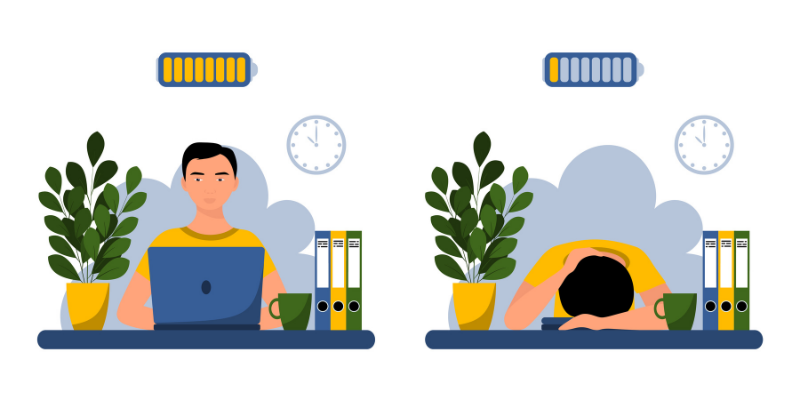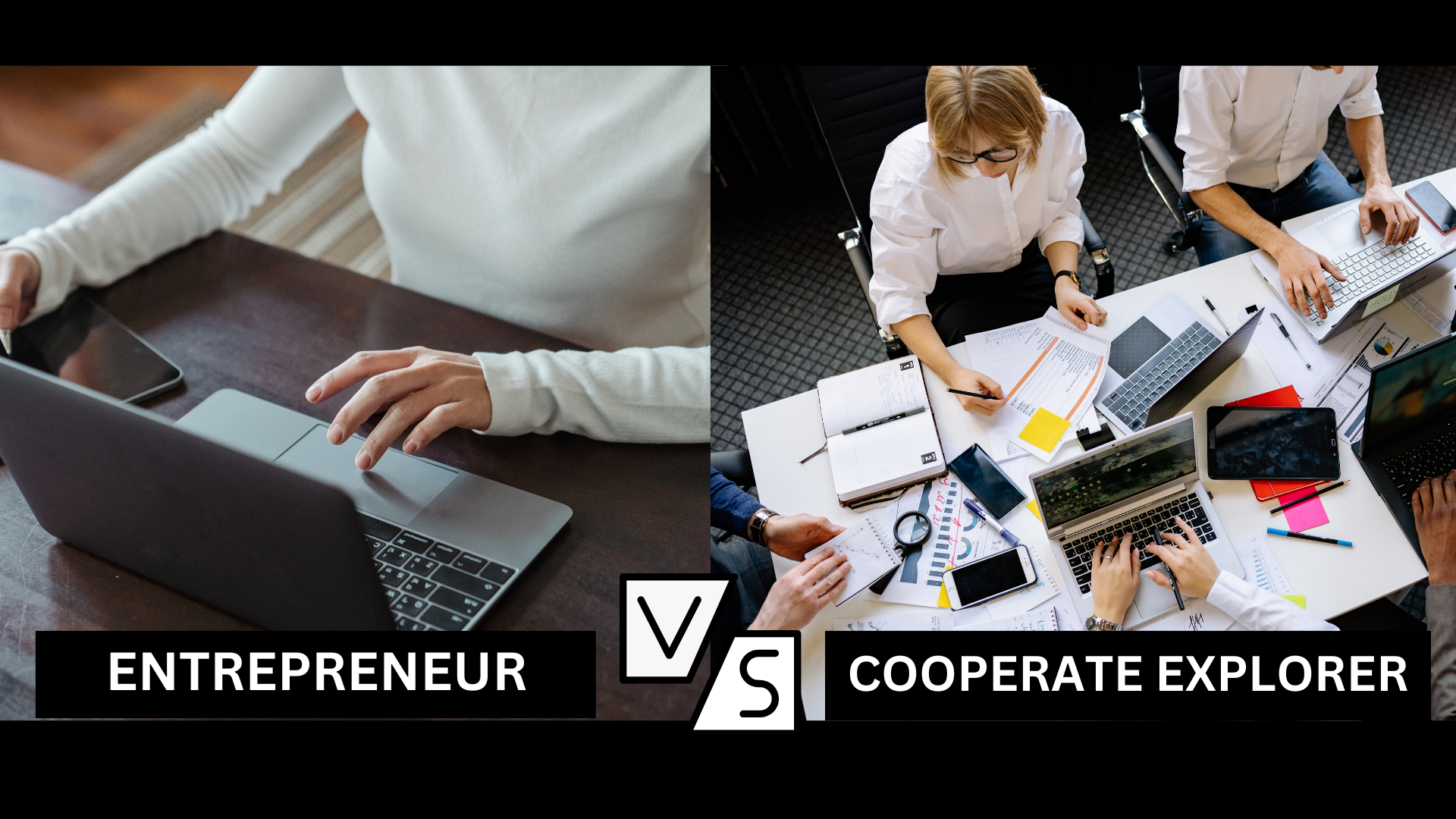Burnout vs Productivity: Truth of WFH
Prolonged work from home has taken a toll on employees as they experience stress and burnout brought about by unremitting long hours at work. Employers, therefore, need to take a holistic approach to preserve the health and morale of their employees.
2020 – Grappling unprecedented disruptions
2020 has been truly all about innovation. COVID-19 and its dangerous onslaught has disrupted conventional world orders and propelled new ways of connecting, working, partying, playing, and studying.
One key learning from this entire period has been the need to be agile and adapt swiftly, besides staying receptive to unprecedented changes.
Work-from-home has been the only realistic option during the initial months of lockdown and is a trend that seems to continue for quite some time now. However, it comes with its own set of challenges when prolonged, which is exactly where employers and employees alike need to come together and explore meaningful ways to optimise the situation.
The need of the hour is to avoid a brazen burnout and keep energies focussed in the right direction.
Through rose-tinted glasses
With the gravity of the pandemic intensifying since mid-March, a nation-wide lockdown ensued, leading to an indefinite imposition of work-from-home due to the restriction on movement, which seems to be on for several workplaces even now.
While the economy took a major hit, an average employee thrived. Businesses across the country witnessed employees putting great efforts in supporting business continuity and rising motivation levels. Working from home was encouraged and the importance and comfort of working in our private, designated spaces, reduced hassle of commute, more savings and the freedom to space out work as per convenience seemed to initially auger well with the usually stressed corporate professional.
Slow-burn
By June, the severity of the economic crumble and the precariousness of the present situation had begun to sink in across the world.
Our community-based nature was conflicting with this unconsented separation from our peers and add to that the blurring lines between professional and personal life with work urgency randomly demanding long, uninterrupted hours and me-time getting confiscated in ways unknown.
This surely took a telling toll on motivation levels and overall productivity which was aptly reflected in A Knight Frank study that pointed out to the fact that 30 percent of the surveyed employees reported a decline in their efficiency and productivity, thereby validating the burnout to be more real than ever before.
Viral videos of children and pets interrupting zoom calls brought us great laughs, but also highlighted the increased distractions that led to an inability to create work-life balance, when work came home. In countries like India where domestic help is routine, lack of the same created heaps of extra household work, while deteriorating business environs generated more work at their virtual office homes.
Other factors like space constraints and irregular internet connectivity further added to the woes and all of this cumulatively affected the overall well-being of working professionals.
The need to recalibrate
While these abrupt and rapid changes were of extreme importance to ensure survival, it’s essential that employees set not only physical boundaries for somatic safety, but also digital boundaries for overall well-being. Defining distinct online and offline hours can go a long way in empowering employees and ensure a positive long-term impact.
With the new normal redefining the norms, it is important to introspect and set in your own new normative to fit into the current scenario and cut the burnout quotient out. While a complete move back to office seems next to impossible at the moment, employers are opting for slow transition to hybrid working with tie-ups with co-working spaces and flexible hours.
This fosters further scope for creativity, network expansion and an exchange of ideas, benefiting employees and organisations at large.
Organisations are setting great examples by introducing shorter work week, mandatory monthly leaves, facilitating medical care if needed, counselling sessions, online physical fitness sessions, etc., and all of this can go a long way. Innovation and creativity happen to be at the epicentre of the well-being piece and how organisations choose to leverage them is going to chart out a new narrative of overall well-being altogether.
On a similar note, it is important for employees too to communicate transparently and juggle work and personal life through creative measures that can bolster performance and iron out stress. An overall recalibration is the final response to address the risk of burnout; however, it is a two-way street and both employees and employers have to remain equal participants, play candid and stay committed.
(Disclaimer: The views and opinions expressed in this article are those of the author and do not necessarily reflect the views of YourStory.)












